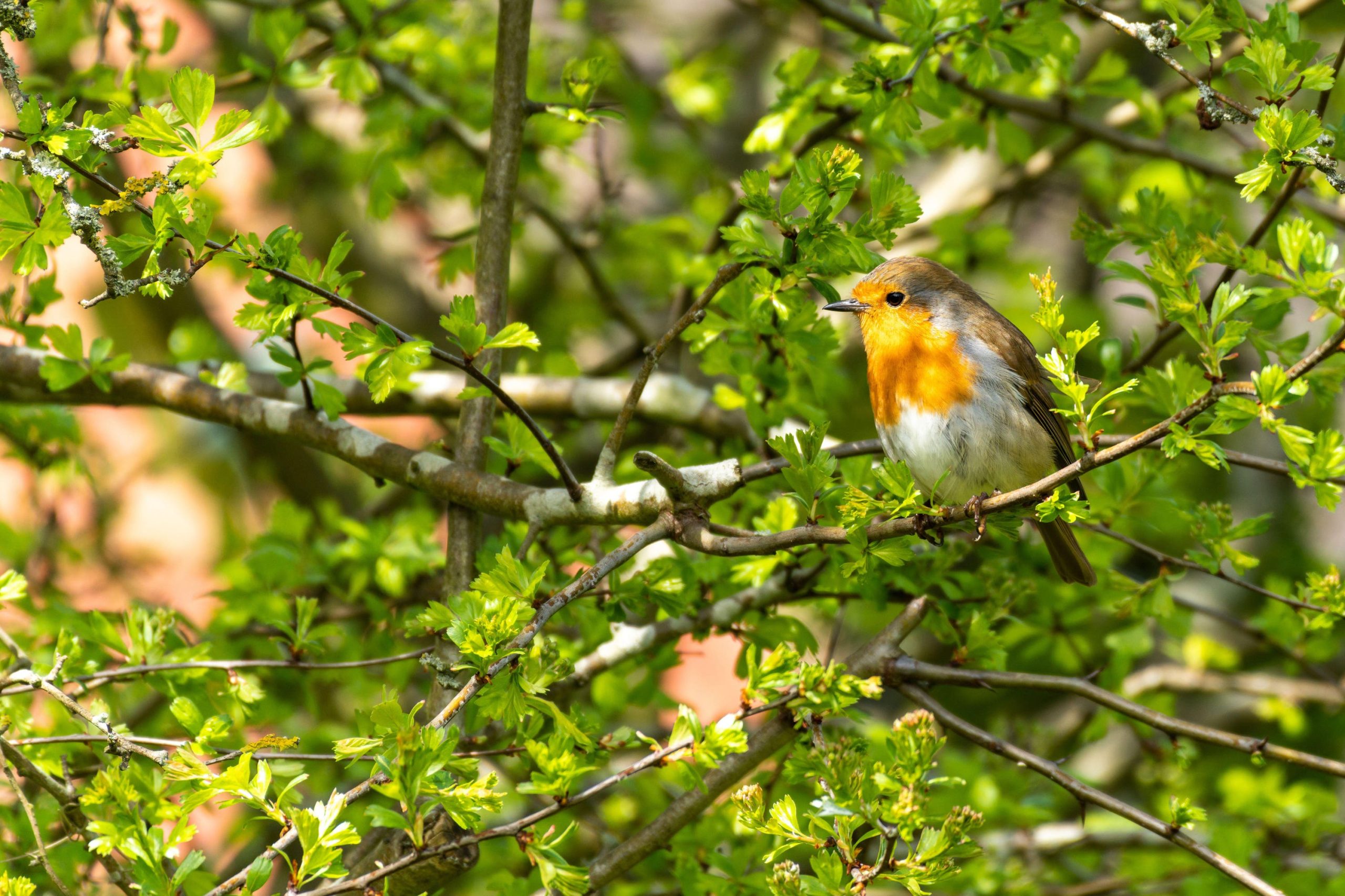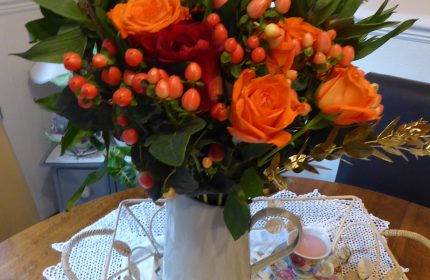TV gardening expert Kate Bradbury’s top 5 pollution-busting trees to plant
The RHS ambassador recommends her favourites and gives additional tips on growing trees as hedges
The UK needs to plant 150 billion trees to achieve carbon neutrality by 2050, according to the Committee on Climate Change.
It’s a stark reminder – which for a gardener might sound too overwhelming to consider. But if each UK household with a garden planted one tree, that would mean more than 22 million more trees.
“As the old Chinese proverb goes, ‘The best time to plant a tree was 20 years ago. The second best time is now,’” says TV gardening expert, award-winning wildlife author and RHS ambassador Kate Bradbury in the foreword to her new book, RHS The Tree In My Garden, in which she has curated a collection of 50 trees packed with information about appearance, care needs, carbon capturing ability and the wildlife they support.
View this post on Instagram
“Combined, our 22 million gardens have the potential to become a wildlife reserve in their own right,” she stresses.
Here, Bradbury offers five of her favourite pollution-busting trees, some of which can often be grown as hedges to keep the pollution and traffic noise out – and welcome wildlife in.
Ginkgo (maidenhair tree)
View this post on Instagram
These slow-growing and relatively compact trees are perfect for small gardens, she says, thriving in full sun.
“It’s an ancient tree, dating back 270 million years, which has survived climate change and extinction previously. It has beautiful leaves which go yellow in autumn and it’s very tolerant of pollution so can grow in very urban areas. Neither a broad-leaf tree or a conifer, it’s like a fossil of former times.
“It grows to 10m over around 20 years and isn’t fussy about soil, you don’t have to prune it and because it’s so old, it doesn’t have any pests or diseases because all of the things that used to eat it didn’t survive.”
Crab apple

Crab apple ‘Evereste’
“You can get really small compact crab apples – you can grow some varieties such as ‘Evereste’ in large pots. ‘Aros’ is a new dwarf crab apple growing to a maximum height of 3m and has almost black foliage, dark pink flowers and red crab apples.”
“The beautiful blossom is invaluable to pollinators” she notes, adding that any deciduous tree is good at busting pollution because the leaves absorb the pollution and then when they shed the leaves in autumn the pollution is removed from the air.”
Hazel
View this post on Instagram
This is such a versatile tree and could be grown as part of a hedge, or as a standard or as a shrub or small tree, she says. It grows quickly so will soon fill its space. Trim hazel hedges in late winter, before growth starts in spring. Never let the soil around hazel dry out completely – water in very dry weather if there is a long, dry spell.
Explaining the added benefits of hedging trees of all kinds, she said: “The point about hedges is that they are at the same height as the pollution so if you think about cars on a main road, if you have a really tall tree it’s not going to absorb the same level of pollution as, for example, a hedge. Because of its density the pollution is caught more on the leaves. Hedges are the most pollution-busting varieties.”
Hawthorn
View this post on Instagram
On Hawthorn, she notes: “These can be grown as trees or hedges, and are quite small-leaved, so are pretty dense.”
They are also thorny, so will deter burglars, while pollinating insects love the flowers and birds enjoy the berries.
Yew

Yew trees can be shaped into hedges
“This is a very good pollution-busting tree with very small leaves, which gives you a greater density of surface area to absorb pollution. If you grow yew as a tree it can be enormous, but you can grow yew as a hedge.”
How much maintenance will trees which are grown as hedges need?
“It depends how tidy you are. I give my hedge a trim about twice a year but I let things go shaggy and the more shaggy you grow your hedge, the more it’s going to be able to absorb pollution, because it will have lots of little pockets to trap particles.
“And if you grow a native hedge you are going to have butterflies and moths laying eggs on it, so too much tidying means you are in danger of pruning away those eggs and caterpillars. You also get birds nesting – and it’s illegal to disturb birds’ nests – so a quick trim in very early spring, just before birds start nesting, and another after nesting season, or just once a year, is fine.”

RHS The Tree In My Garden by Kate Bradbury. Available to pre-order now.
The Press Association
Latest posts by The Press Association (see all)
- BBC to air two-part Call The Midwife Christmas special - December 23, 2024
- 6 mind sports to exercise your brain and keep you sharp - December 20, 2024
- Quiz: What classic Christmas food or drink are you? - December 20, 2024
- Leftover turkey and watercress pie - December 20, 2024
- Catherine and William choose family shot for Christmas card photograph - December 19, 2024




















